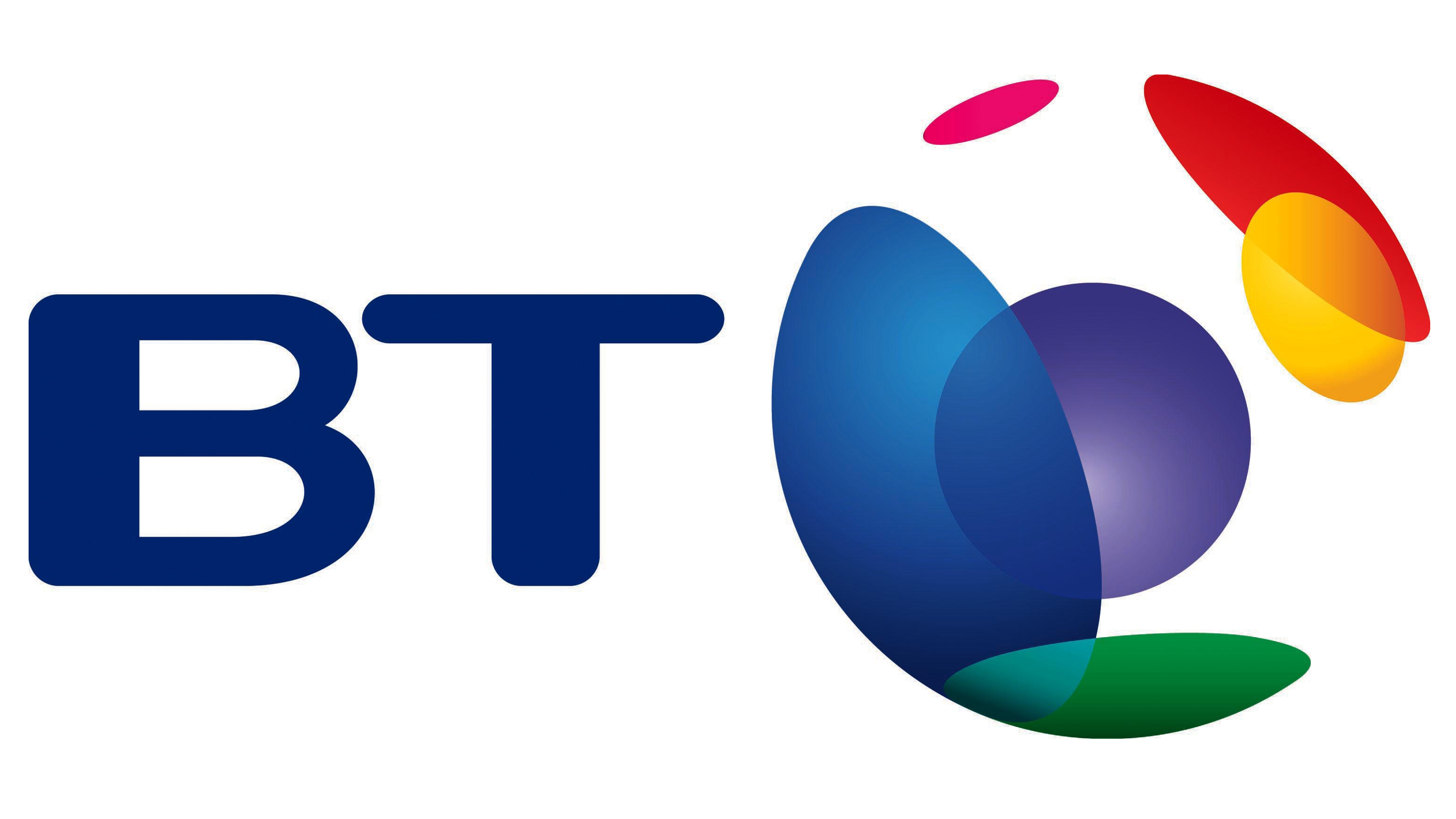BT revives 16-year-old One Phone service
Landlines on the way out?

BT wants to untether businesses with a phone service called One Phone (not to be confused with HTC One, One Plus One or Android One).
Coincidentally it is the exact name the company used for a comparable service back in 1998 that aimed to merge landlines and cordless.
The offering will try to simplify communications across businesses by allowing staff to use a mobile phone (presumably one bestowed by the company) as their one and only device.
One phone would allow users to navigate seamlessly in and out of the business various locations without the fear of losing out on calls - especially indoors.
To solve the issue of call quality and coverage inside buildings, BT will use picocells that piggyback on existing broadband lines as well using its own mobile network operated by EE.
Users would have access to BT's 5 million hotspots worldwide (as well as many others globally as part of the BT Fon network), although that would mean having to use a dedicated BT One Phone SIM.
BT had its own phone network but spun out the business back in 2001 as Cellnet, which subsequently relaunched a year later as O2 and went on to be acquired by Telefonica in 2007.
Sign up to the TechRadar Pro newsletter to get all the top news, opinion, features and guidance your business needs to succeed!
Compared to other cloud-bassed unified communciation services, BT offers a wider end-to-end solution although it still needs to rely on partners (such as EE) for the last mile.
Such solutions however do not solve the initial issue of customers having to carry two devices around and dual-SIM smartphones are still a niche.

Désiré has been musing and writing about technology during a career spanning four decades. He dabbled in website builders and web hosting when DHTML and frames were in vogue and started narrating about the impact of technology on society just before the start of the Y2K hysteria at the turn of the last millennium.